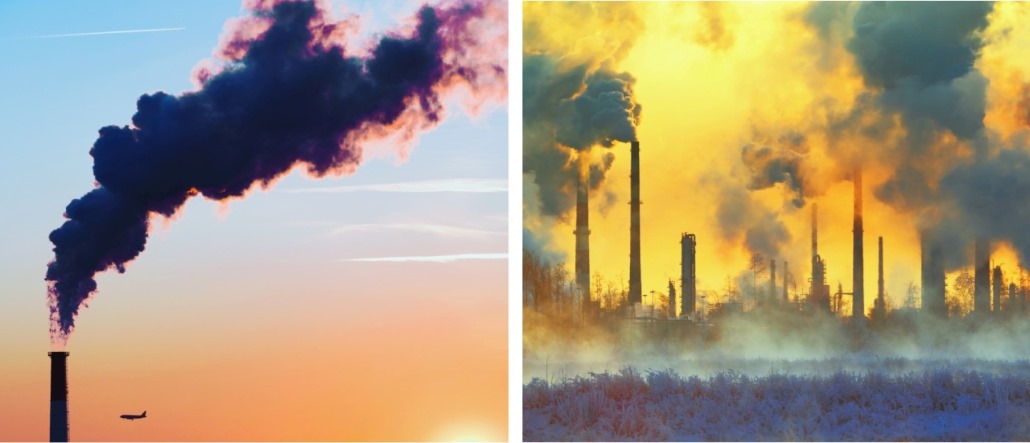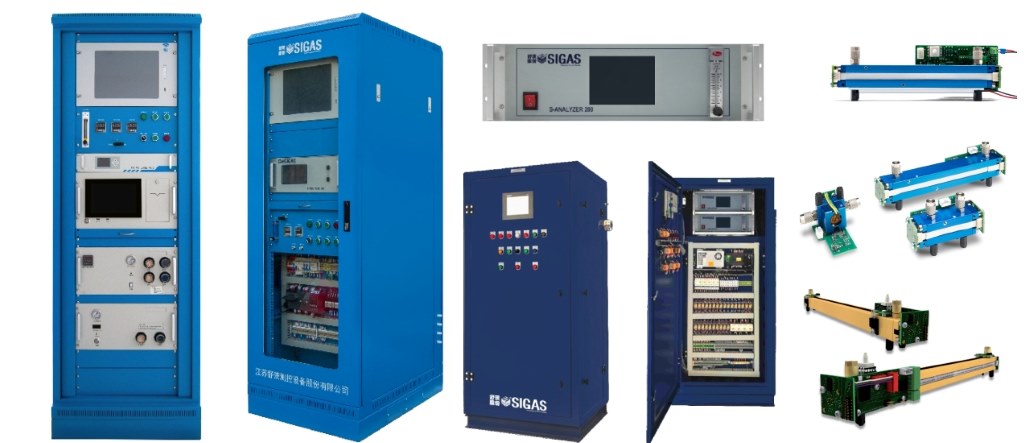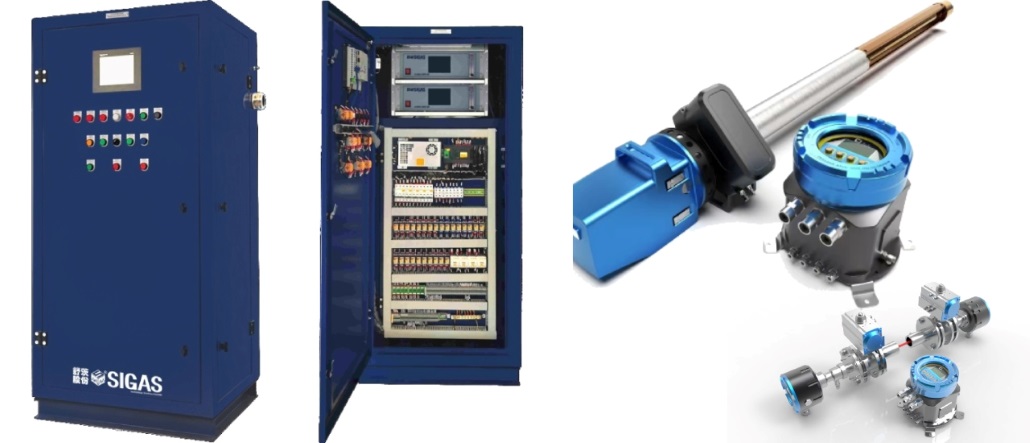Search
With the development of the global economy, both carbon emissions and per capita emissions have increased significantly. All countries of world, achieving the "Low carbon" goal faces enormous challenges such as short emission reduction time and large emission reduction. In 2020, China officially proposed the "Low carbon" goal and proposed to reduce carbon emission intensity by more than 65% compared to 2005 by 2030.
SIGAS has always been committed to the concept of "green industry". By development of new technologies and equipment, we continue to make efforts in the field of green, low-carbon and environmental protection.

SIGAS provides various Gas measurement systems, analyzers and industry gas sensors for environment protection industry:
The CGC-300 emission continuous monitoring system, which monitors sulfur dioxide (SO2), nitrogen oxides (NOx), particulate matter, flue gas parameters, and characteristic factor pollutant components at fixed emission outlets, and can also achieve networking with monitoring equipment from environmental protection departments.
The CGC-100 online monitoring system is made for measure volatile organic compounds (VOCs) from pollution sources. We use GC-FID to monitor the concentration of VOCs and pollutant gases. It can integrate functions such as data collection, real-time publishing, data review, and statistical analysis. It can be widely applied in online monitoring of environmental waste gas, process control, safety monitoring and other occasions, monitoring emission sources, factory boundaries, regions, and leakage points, providing detailed and reliable data basis for environmental supervision departments.
SIGAS high-precision gas analyzer, based on infrared absorption principle NDIR, ultraviolet multi-channel spectral analysis technology (OMA), ultraviolet differential optical absorption spectroscopy technology (DOAS), laser detection principle TDLS, etc., realizes multi-component pollution gas detection under different industrial and environmental backgrounds, including SO2, NO, NO2, CO2, NH3, CH4, etc.
SIGAS high-precision gas sensors, SILAREX, EVO and other models provide stable and reliable detection modules for different industrial testing requirements.

Green Marine
90% of global trade is completed through sea transportation, and the environmental pollution caused by shipping has received high attention from the international community. The International Maritime Organization (IMO) continuously formulates and introduces mandatory regulations to prevent ship pollution of the environment. In this context, the concept of green environmental protection has emerged, and the model of green development of ships has begun to be deeply explored.
The green ship system adopts relatively advanced technology to safely meet the predetermined functions and performance within its lifecycle, while improving energy efficiency, reducing or eliminating environmental pollution, etc. This reflects the principles of green environmental protection, energy saving and emission reduction throughout the entire life cycle of ship construction and application, supported by advanced technology and new energy fuel development, and aimed at reducing or even eliminating environmental pollution.
In order to achieve green marine goal, people have listed shore power and reducing ship carbon emissions as key measures.
In order to reduce carbon emissions and eliminate greenhouse gas emissions from international shipping as soon as possible, the IMO has formulated three stages of measures: first, short-term measures to improve the technology and operational efficiency of new and existing ships, and initiate actions to research and develop new technologies such as alternative fuels; The second is mid-term measures, such as introducing alternative low-carbon and zero carbon fuel implementation plans, strengthening technological cooperation and capacity building, etc; The third is long-term measures, introducing zero carbon fuels and encouraging the widespread adoption of possible new emission reduction mechanisms.
During this process, real-time monitoring of ship gas emissions has become a particularly important aspect. Continuous emission detection system can be used.
The continuous emission monitoring system is a complete monitoring equipment composed of analytical instruments and supporting devices used to continuously monitor the concentration and emission amount of particulate and gas pollutants from fixed pollution sources. It is also known as the "continuous emission monitoring system" CEMS. CEMS system can monitor parameters such as SO2, NO2, CO, dust, temperature, pressure, flow rate, humidity, etc. in gases, and can also expand the monitoring of parameters such as VOCs, NH3, CO, CO2, H2S, etc. for specific occasions.

SIGAS can provide customers with more advanced and optimized continuous monitoring systems for ship exhaust emissions through customized services based on different emission conditions, types of pollutants, and requirements of different classification societies of different ships.
We also have advanced generator controllers that can design, develop, and manufacture control systems for diesel and gas engines in marine or road applications. We also design generator protection systems, power grid protection systems, and more for single and multiple generator systems.
SIGAS has always dedicated to development leading technology, to support the world's zero carbon goals and promote green development in different application areas. Our products can be widely used in environmental detection, inspection and quarantine of toxic and harmful gases, and provide complete gas detection solutions for various industrial factory such as cement, metallurgy, chemical, petroleum, and semiconductor processing.